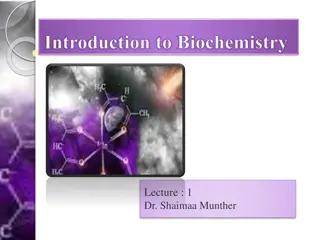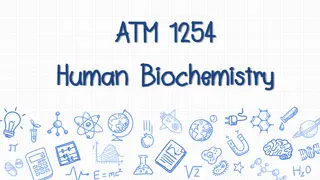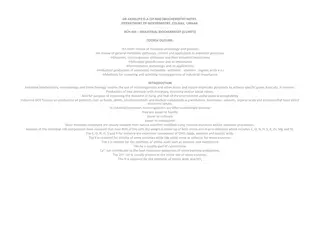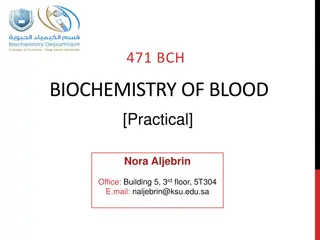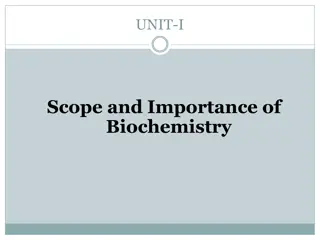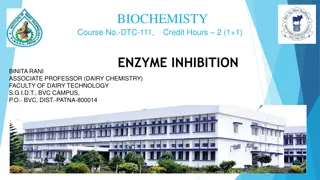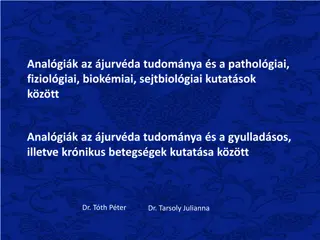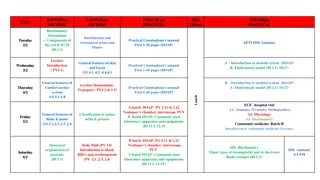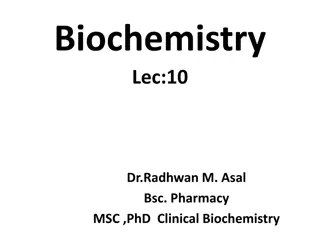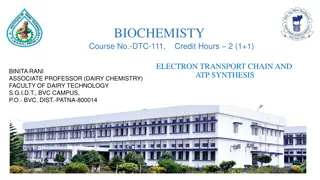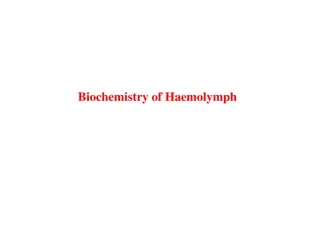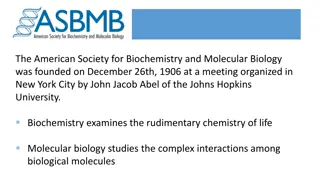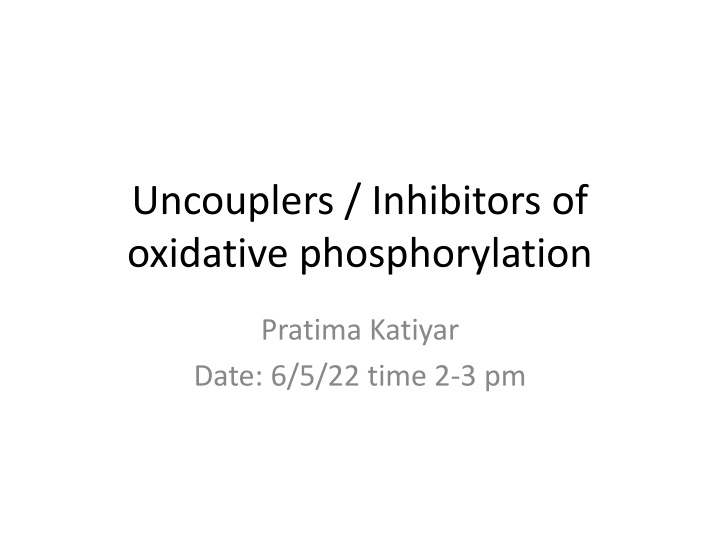
Uncouplers and Inhibitors of Oxidative Phosphorylation: Types and Effects
Learn about uncouplers and inhibitors of oxidative phosphorylation, substances that disrupt the coupling of oxidation and phosphorylation within mitochondria, leading to decreased ATP synthesis. Discover different types such as oligomycin and 2,4-dinitrophenol, along with physiological uncouplers like thermogenin and Thyroxin. References to biochemistry textbooks are provided for further reading.
Download Presentation

Please find below an Image/Link to download the presentation.
The content on the website is provided AS IS for your information and personal use only. It may not be sold, licensed, or shared on other websites without obtaining consent from the author. If you encounter any issues during the download, it is possible that the publisher has removed the file from their server.
You are allowed to download the files provided on this website for personal or commercial use, subject to the condition that they are used lawfully. All files are the property of their respective owners.
The content on the website is provided AS IS for your information and personal use only. It may not be sold, licensed, or shared on other websites without obtaining consent from the author.
E N D
Presentation Transcript
Uncouplers / Inhibitors of oxidative phosphorylation Pratima Katiyar Date: 6/5/22 time 2-3 pm
Definition Abolish the coupling between oxidation and phosphorylation through increase the permeability of innermitochondrial membrane and stop the ATP synthesis.
types Inhibitors: oligomycin bind to F0-F1 subunit and enzyme ATPase. Suppress oxygen consumption and less ATP formation. Synthetic uncouplers: 2,4 dinitrophenol is proton ionophore which uncouple phosphorylation. Physiological uncouplers: thermogenin, UCP-1, bilerubin, FFA, Thyroxin, estrogen etc
References Harpers Biochemistry by Robert K. Murry, DarylK. Biochemistry by D. Sataynarayan Textbook of biochemistry by Lal and Pandey

